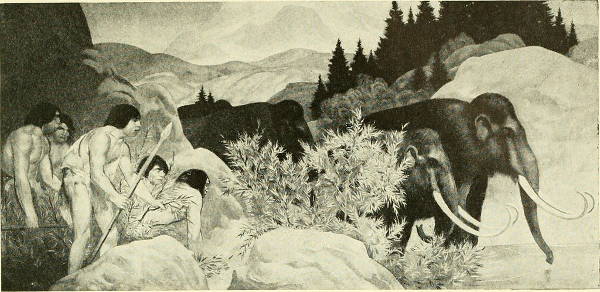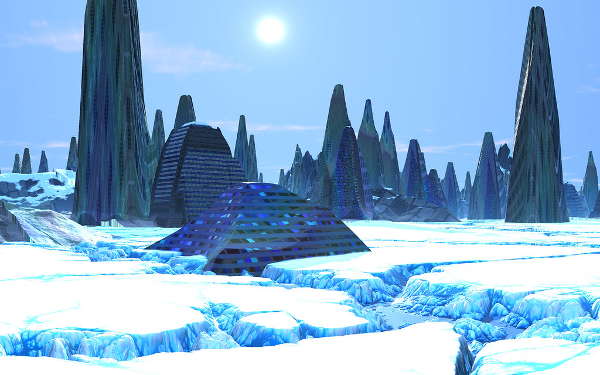Ever since the movie Ice Age was released by Hollywood, the term has become a fairly common household name. Almost anyone who is familiar with Hollywood movies can relate to the movie and its interesting animal characters. But at the same time, not many people are aware of what Ice Age actually was. This post is all of some amazing facts about Ice Age you would need to know.
To many people, Ice Age is just another period in history, and nothing more. But there are much more facts about Ice Age than you can think of. The Ice Age was a period of the earth’s history when the global temperatures had fallen by a considerable amount and had a dramatic impact on just about everything.
Given in the list below are ten amazing facts about the Ice Age that you probably didn’t know about:
10. The Ice Age Lasted a Very Long Time
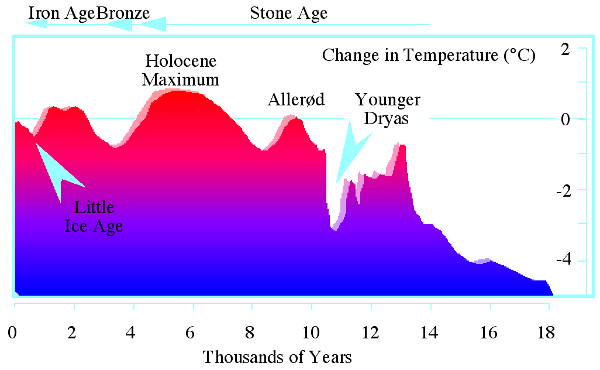
The duration of the Ice Age was a very long one.
It wasn’t your usual winter. On the contrary, it was a really different time period in history, when much of the earth was frozen beyond recognition.
The exact time span of the Ice Age was from 2.4 million years ago to about 11,500 years ago.
It was only after this time that the world started to slowly change into what we know today.
9. The Ice Age Is Not To Be Confused With the Little Ice Age
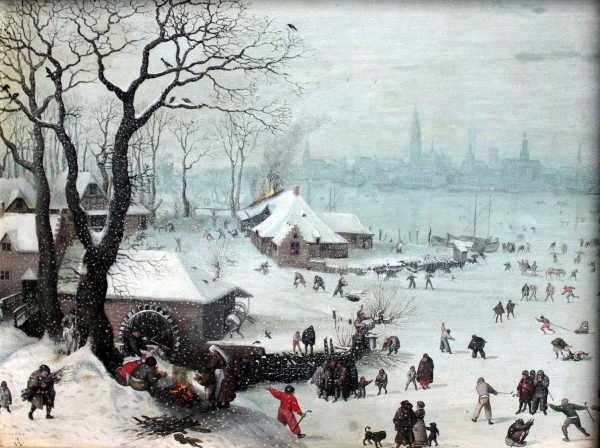
People sometimes mistake the idea of the “Ice Age” with the “mini Ice Age” or the “Little Ice Age.”
These two are very different events and are not to be confused with each other. The Little Ice Age existed from about 1300 A.D to about 1870 A.D.
This period wasn’t a continuous one either. There were many warm periods even during this age.
In simple words, the “Ice Age” and the “Little Ice Age” are two very different events in history, rather than synonyms for the same one.
8. There Were Many Unique Varieties of Mammals during the Ice Age
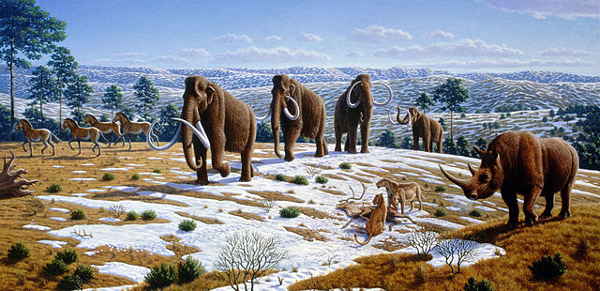
If you remember the movie Ice Age, you will probably see many creatures that you don’t recognize.
None of these animals were an imagination. On the contrary, they were all alive during this age and continued to do so for a very long time.
From mammoths and saber-tooth tigers to giant sloths and woolly rhinos, they all existed during the Ice Age. They just became extinct with the passage of time, very likely because of human activities like hunting.
7. Many of the Lakes in Canada, Northern Europe, and the United States Trace Back To the Ice Age

When the Ice Age began to end, the large amounts of ice that had frozen began to melt.
The melted water eventually flowed into the oceans. A part of it, however, collected in the many low-lying areas of the world.
These low-lying areas eventually became lakes, which can still be found today. Such places can found in places like Norway, Sweden, Finland, almost all part of northern Russia, etc.
Ancylus Lake is a prehistoric glacial lake formed due to the Ice Age. The lake existed in Europe around 9,500 to 8,000 B.P. Later the lake transformed into the Baltic Sea. The Ice Age is full of interesting transformations and changes on Earth.
During the glacial period, Canada was completely covered in ice. Parts of the United States were also covered in ice. When the ice began to melt at the end of the Ice Age, the water trapped was transformed into lakes. Since these two nations were almost covered by ice sheets over them for a long period of time, we can still see traces of glacial run-offs in some of the lakes there.
6. It Is Estimated That Much of North America Was First Inhabited By Human Beings Sometime Around the Ice Age
Humans emerged in the continent of Africa, and perhaps to a certain extent in Asia.
It was only later on that they moved elsewhere to places like Europe, Australia, and the Americas.
It is believed that the first humans arrived in North America (and subsequently in South America), during the Ice Age.
The humans are believed to have arrived in North America from Asia, across what is today known as Bering Strait. The Bering Strait is today a vast stretch of water, but during the Ice Age, served as a vast frozen bridge that connected Asia with North America.
Another theory states that the humans arrived from Europe to North America through the frozen parts of the North Atlantic, which was a vast icy desert in the Ice Age.
Either way, the point here is that there were no humans in North America, as far as historical records show, before this time period.
5. The Great Lakes of North America, Laurentian Great Lakes, Are the Largest Glacial Lakes in North America

The Great Lakes of North America, also called the Laurentian Great Lakes, are the largest glacial lakes in North America. The five Great Lakes were formed from the last glacial meltwater from the Ice Age. This happened around 4,000 years ago when the last Ice Age ended. These lakes are Superior, Michigan, Huron, Erie, and Ontario.
Even in Central North America, there existed a very large glacial lake by name Lake Agassiz. It was larger than all the modern day lakes combined.
They originated when the waters from the ice melted and collected in low lying areas everywhere.
4. The Glacial Lakes Are Entirely Freshwater
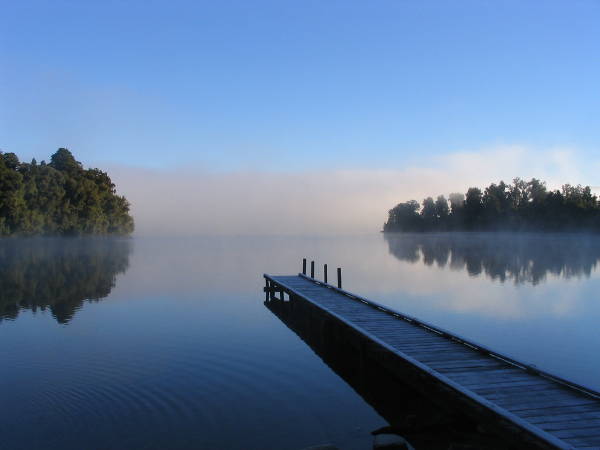
Glacial lakes are made up of freshwater and it is as simple as that. Freshwater refers to the water, not from the sea and is entirely fresh. These lakes are isolated by land on all sides but there are lakes are connected to the ocean.
Given that the ice is entirely made out of freshwater, rather than saltwater, almost all of the ice collected during the Ice Age is made up of freshwater. The freshwater lakes were produced after the ice started to melt at the end of the Ice Age.
3. There Are Numerous Glacial Lakes in Europe and Asia As Well
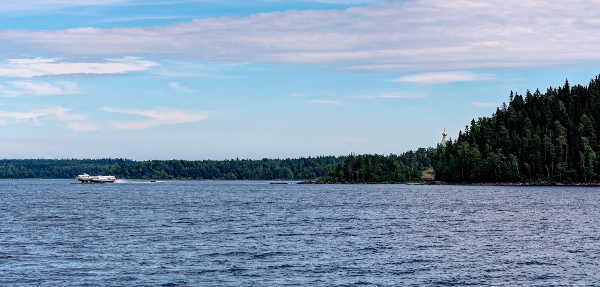
In addition to glacial lakes in Europe, there are many such lakes in Europe and Asia as well.
Given that much of the northern part of the world was frozen during the Ice Age, vast areas of these regions still contain many glacial lakes.
Lake Ladoga is the largest glacial lake in Europe and one of the largest freshwater lakes in Europe. It is also the 14th largest lake in the world. This lake is located in the Republic of Karelia and Leningrad Oblast in Russia. This lake is part of the Weichselian glaciation (last glacial period in Northern Europe) after the glacier deglaciation began.
There are over 15 glacial lakes in Europe alone. There are also many glacial lakes in Asia.
2. The World’s Sea Levels were Lower During the Ice Age
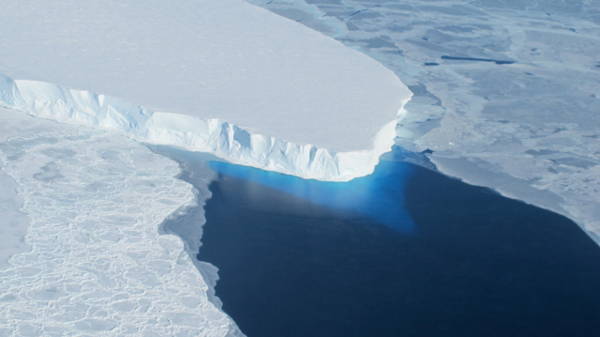
With much of the water locked up as ice and snow, the world’s sea levels were a lot lower.
In other words, the places that are underwater today were dry land back during the Ice Age. Some of the places that were above land before, but underwater today, are parts of the Netherlands, vast areas in the Caribbean Sea, parts of the waters around Indonesia and Southeast Asia, etc.
Also, these low lying areas had vegetation as well, such as forests, grasslands and deserts.
Once the ice started to melt, the waters began to raise sea levels and eventually submerged these low lying areas across the planet.
1. A New Ice Age May Be Emerging In The Distant Future
Given that the climate of the world has started to change, it is believed by some that a new Ice Age is emerging.
Little Ice Age is one such event that is happening or happened recently which is evidence that a new Ice Age might be coming in the near future.
This is the opposite of what some claim about the future, that there is a global warming process going on. However, there is much to be understood about this, before any solid conclusions can be arrived at by anyone. Some scientists still believe it as a myth and nothing is proven yet.
Conclusion
As a whole, the Ice Age was a very cold period of human history, which existed thousands of years ago. And indeed, similar conditions may arrive once again, if some scientific predictions are to be believed.
Either way, it just shows how vastly the climate and weather can vary on the planet, from one era to the next one.
